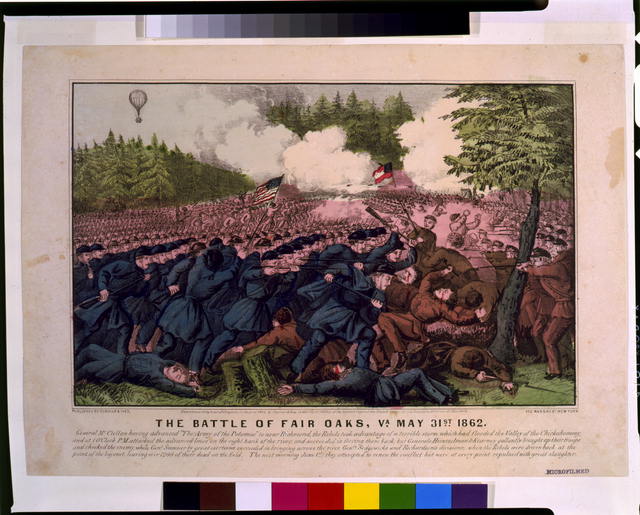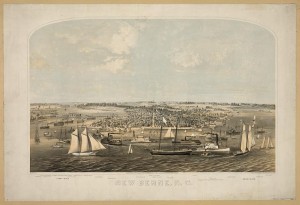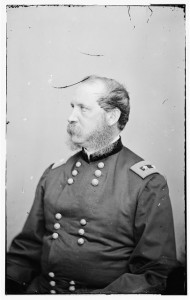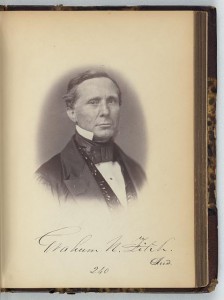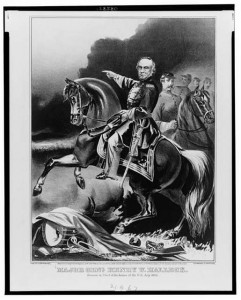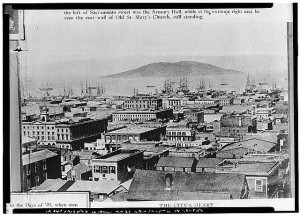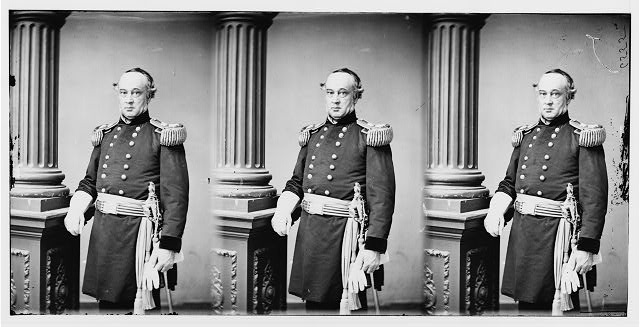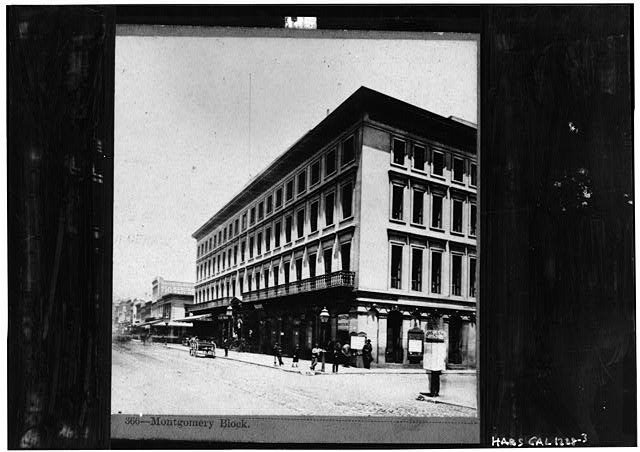A newspaper from Albany, New York says it’s time for the North to get tougher.
From the Richmond Daily Dispatch August 9, 1862:
A Blast from Seward’s organ — Lesson for the War.
The Albany Evening Journal (Seward’s organ) thinks “the war has been a stern schoolmaster to the people of the loyal States.” It says:
We have learned the folly of underrating our enemies. We have learned that they are equally brave, equally hardy, equally quick-witted, equally endowed with martial qualities with ourselves. We have learned that they are terribly in earnest in their efforts to achieve their ends; that they are desperate in their resolve to divorce themselves from us; that they are determined to resist our efforts to conquer them to the bitter end. We have learned that they are as wary at they are unscrupulous, that they are as cunning as they are depraved, that they are as quick to take advantage of our weakness, our blunders, and our indecision.–We have learned that they are fully our peers in military capacity, and that, as soldiers, they make up in dash what they lack in solid hardihood. We have learned that the very despotism that exists among them gives them a compactness and unity which we do not and cannot possess.
We have learned how little active co-operation we are to expect from the “Union element” of the extreme South. We have learned that [the ele?]ment, even where most prevalent, is timid, torpid, doubtful, negative; that it “needs watchers” to sit by and nurse it; that it is often treacherous and counterfeit; that in many instances it is rather a stumbling block in our way than a prop and ary[?] We have learned that little by little, the poison of secession has spread among the people — that little by little it has possessed and crazed them, until public sentiment has in many sections become almost a unit.
We have learned the folly of expecting sympathy from foreign Governments and foreign peoples. We have learned that we are hated most cordially where we had reason to look for moral support; that we stand to-day apart and isolated, without a friend or backer in any power on earth. We have learned that we must not only fight the good fight unassisted, but under the shadow of the frowns of Europe.
We have learned that slavery, instead of being an element of weakness, is an element of strength to the rebels. We have learned that it is one of their chief props and staffs of support; that the four million of blacks held in bondage are used as effective weapons with which to fight and oppose us. We have learned that we cannot successfully fight the enemy and protect “the institution” at the same time; and that if we ever hope to succeed we must leave the latter to its fate.
We have learned that the contest between us and the Confederates is reduced to a question of pure brute force. We have learned that the arm that can strike hardest, and the foot that can stand firmest, and the brain that can plot spent [best?], will win the day. We have learned that it will no longer do to “play war;” that it will no longer do to administer emollients; that the disease is of that virulent nature that it demands the most active remedies. We have learned that there is middle ground — no half way house — between absolute triumph and absolute vassalage.

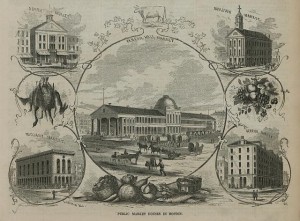
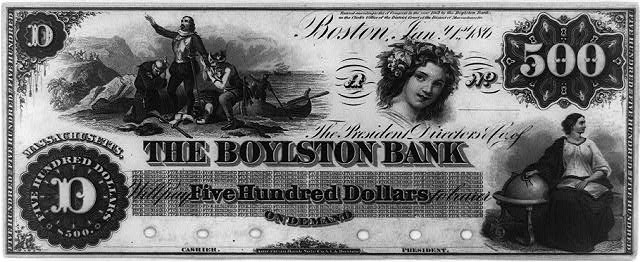
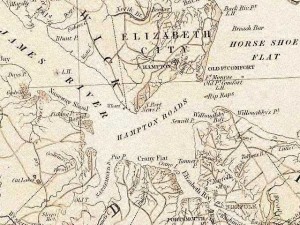

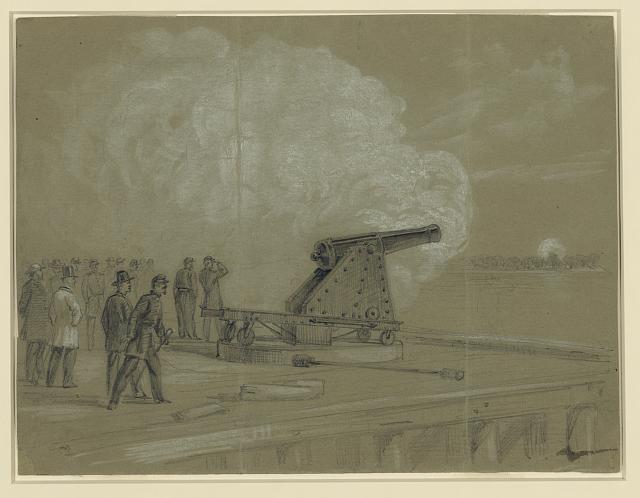
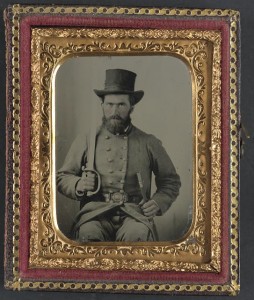
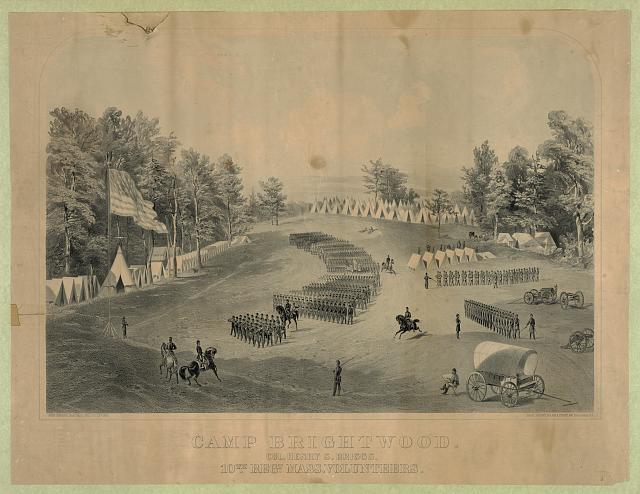
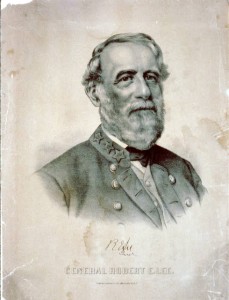
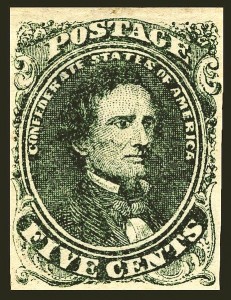
![Battle of Malvern hills fou[ght] on Tuesday July 1st in which the federal forces gained a complete victory over the rebel army, led by Genl's Magruder and Jackson (1862 July 1 by Alfred R. Waud; LOC: LC-DIG-ppmsca-22451) Battle of Malvern hills fou[ght] on Tuesday July 1st in which the federal forces gained a complete victory over the rebel army, led by Genl's Magruder and Jackson (1862 July 1 by Alfred R. Waud; LOC: LC-DIG-ppmsca-22451)](https://www.bluegrayreview.com/wp-content/uploads/2012/08/22451r.jpg)
